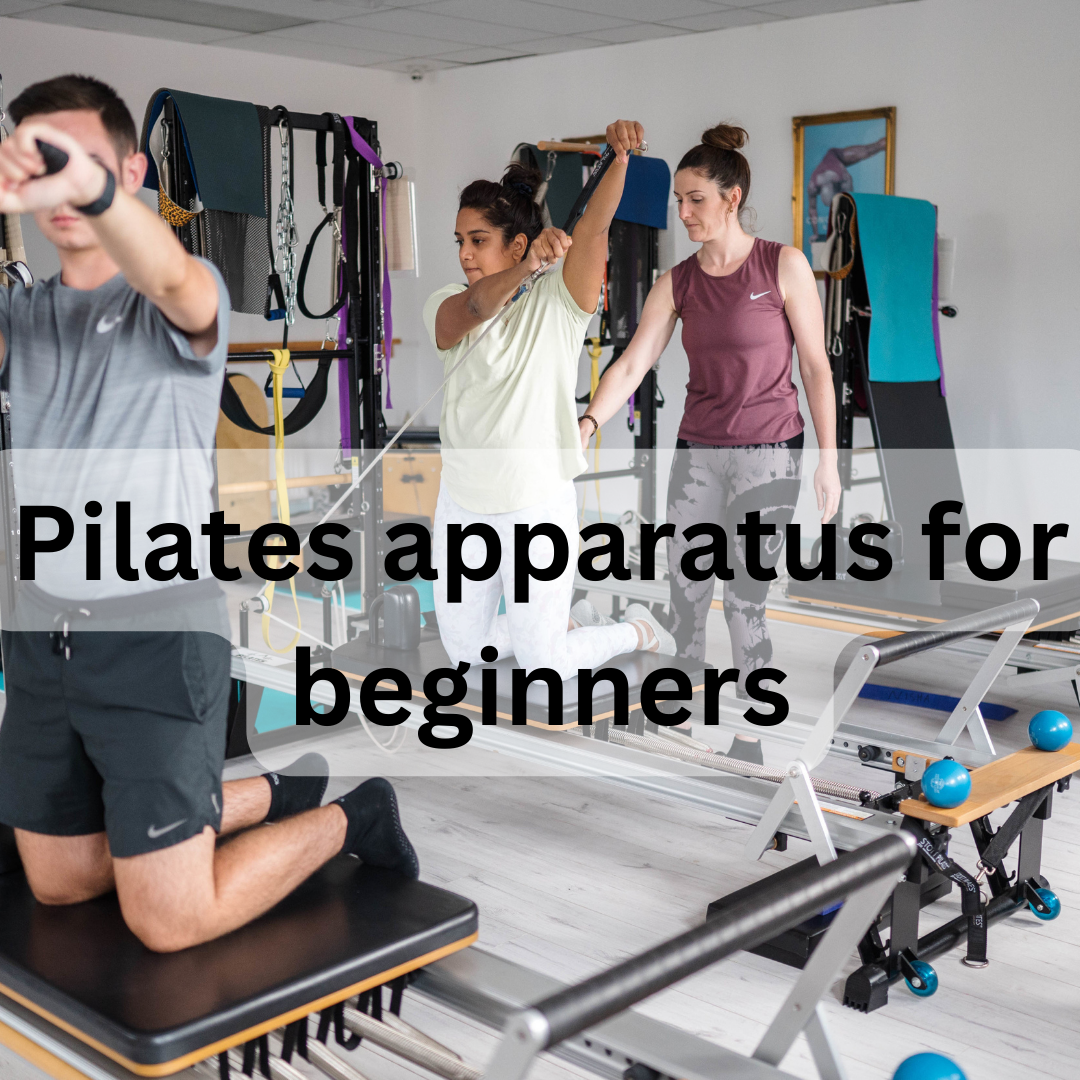After 30 years plus of teaching, my personal experience for Pilates apparatus is always to have some sort of beginner’s entry level or introductory course. I am fortunate enough to be able to do this at both my St.Helens and Manchester studio, but totally understand that other studios choose not to do this due to various reasons.
A beginner’s entry is important because the person’s ability to connect to the body and mind, coordinate the apparatus, and also safety to avoid accidents. Everyone will have a training age, so some of us will be more natural than others. The apparatus is supposed to work with us like a dance partner, and not against us. Having an understanding of the spring settings on the reformer, plus different heights and changes of spring on the tower can be challenging for many. The flow of the body is also how we get on and off the machine. We should move with ease and grace.
Injuries and chronic pain will need adaptations for sure and usually individual one to one sessions.
How we move:
There are two primary reflex profiles in movement (righting and tilting). We will engage different ones depending on the environment that we stand on.
A righting reflex is what we tend to use in everyday life in our day-to-day chores, also for running, gym work, football and rugby.
A tilting reflex is when the surface below moves and becomes unsupportive. An example of this would be when we step onto the reformer. This would also be for sports such as water ski-ing, horse riding, football on a muddy pitch, clay tennis, ice on the ground and perhaps sweat on a basketball court.
If we transfer these modalities to the gym, this would be swiss balls, foam rollers, bosu balls and wobble boards. In Pilates this would be most of reformer repertoire plus some rotating disc work.
If we want to improve body strength, we are limited by just working a tilting reflex, meaning we are unable to lift as heavy a weight as we would do with a righting reflex. For example dead lifts and front and back squats plus other weighted work will condition most bodies more efficiently (righting reflex). Just training the tilting reflex will not transfer over to everyday life.
Many reformer studios will use weights to increase the intensity and load for the client. My experience is that while this makes the client sweat and feel great, all that is actually happening is reincurring faulty firing patterns and making what’s loaded and restricted even more dominant and what’s weak even more lax. This is why everyone is different, and this is not to say that this modality is wrong, it is purely my experience. We want to have balance between both reflexes, and this is where the tower and other apparatus at our studio come into use. This we have a sequenced balance of reflexes.
The benefit of training the tilting reflex is that it can help prevent falls and if we do fall, we may be able to land better. A BMJ study paper found that: “Older adults aged ≥65 years are more likely to fall than younger adults” (OR 2.84 [1.77-4.53]). In England from 2020 to 2021, there were more than 2023 per 100,000 accident and emergency hospital admissions related to falls in patients aged ≥65 years, with 5174 per 100,000 in patients aged ≥80 years. Hip fracture has been associated with an increased 1-year mortality of between 18% and 33%, and affects daily living activities such as shopping and walking”. 1
Another recent 2023 study paper found that exercise is part of fall prevention, hence we could use pilates as a method using the reformer as a form of prevention. “Balance focused exercises, specifically walking heel to toe, and standing on one foot, in combination with coordination exercises, are also proposed for fall prevention”. 2
Bibliography
Paul Chek training






